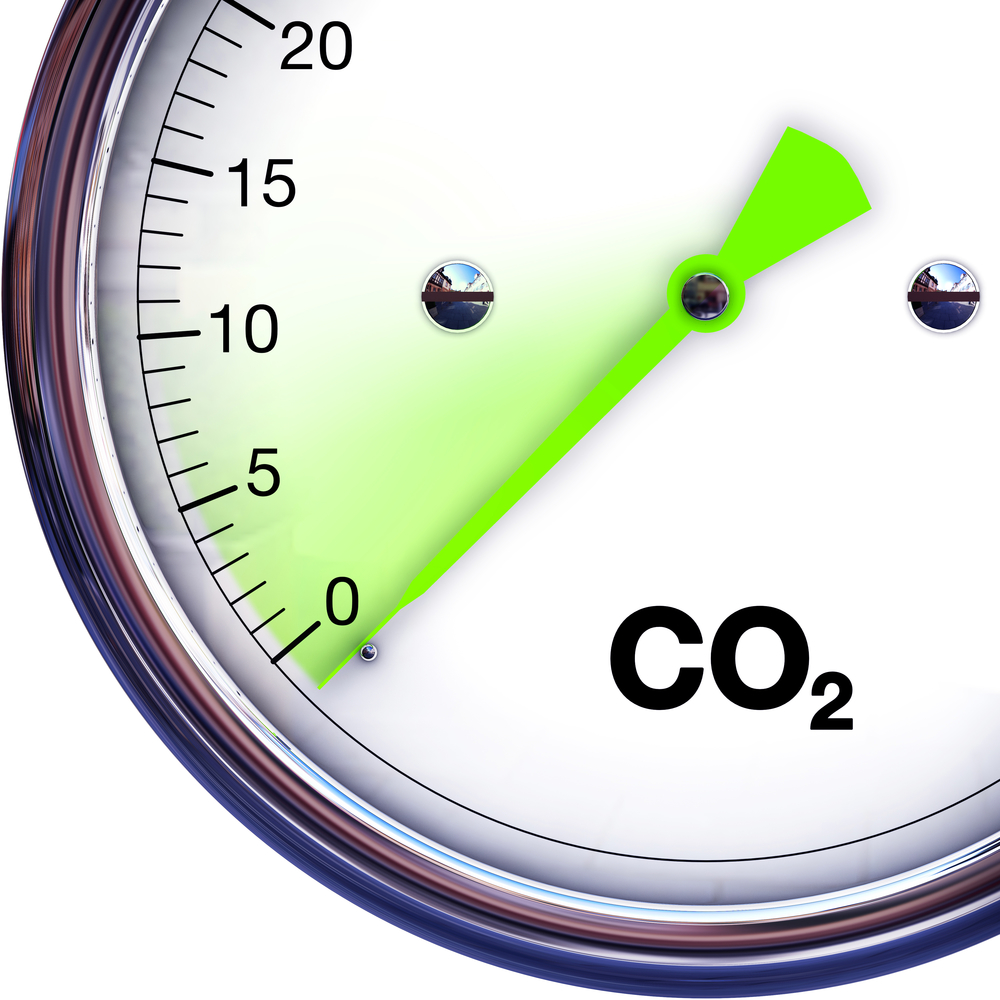Hydrofluorocarbon or HFC is a “clean agent” chemical compound. It can suppress fires under Classes A, B, and C without the need for water or any chemicals.
Clean agent fire extinguishers and fire suppression systems use HFC as a gas when activated by a smoke alarm. The HFC clean agent is primarily used as the primary safety system. Water sprinklers are usually reserved as a backup. Other secondary systems pre-action sprinklers and dry pipes.
The Basics
A clean agent fire extinguisher and suppression system have the fundamental component. A chemical agent that quells the fire in areas that have sensitive items such as electronics.
There’s a lot more to building an effective clean agent suppression system. An adequate system should, when all is said and done, extinguish a fire.
A reliable and competent clean agent fire extinguisher provider should know the ins and outs of fire suppression systems. Their specialist should know how the proper installation, maintenance, and repair of clean agent fire suppression systems. This ensures that these equipment are working efficiently.
As a consumer, you also need to know the fundamentals of clean agent fire extinguishers to avoid any issue should you need to use them.
HFC clean agents can dislodge the oxygen required to extinguish a fire. However, it can be potentially hazardous people. Once released, the HFC clean agents must be monitored before occupants or workers are exposed to it.
The National Fire Protection Association has announced the guideline to follow for clean agent fire extinguishers operation. Naturally, there are safety protocols to follow when you’re exposed to HFC agents. There’s also a safe occupancy level for maximum concentration.
Classes of Fire
It’s essential to know the types of fires. This helps us better understand what fire suppression systems will best extinguish a type of fire. The five classes of fire are the following:
- Class A Fire – it’s fuel source is combustible materials. Examples include paper, rubber, plastics, cloth, and wood.
- Class B Fire – flammable gases, lacquers, oils, greases, flammable liquids, oil-base paints, and tars.
- Class C Fire – electrical equipment.
- Class D Fire – the fuel source is ignitable materials
- Class K Fire – Cooking materials such as fat and oil are the fuel source.
- Clean Agent fire extinguishers are best to use when suppressing Class A, B, and C fires.
There’s no significant damage to electronics or IT equipment following the use of this type of suppression system. Thus, it’s best to install in places such as data centers or server rooms.

However, it can be harmful to people. It also requires space for clean agent storage. It’s costly than your standard water sprinkler systems.
Check the Enclosure
There’s more to the installation of a clean agent fire suppression systems than just putting together equipment and a fire suppression agent. You must know the retention time, which is the amount of time the gas must remain inside the enclosure post-discharge.
Depending on the clean agent you’re using, retention times can vary. Different kinds of enclosures can affect how your system functions.
Clean agent fire suppression specialists will usually assess a room and see what retention time is needed. They will then match it to the clean agent they need to use. If those factors don’t align, then there’s a higher risk of a fire starting.
Is the Clean Agent System Made for Its Specific Use?
When you have sensitive items, possibly toxic gasses, and other potentially hazardous scenarios, every detail is critical. Systems and components of fire suppression systems cannot be interchangeable. Every part is installed to work as a comprehensive device.
If you have a CO2 clean agent system, the right concentration is needed. The chemicals that need more agent than the other ones must be addressed accordingly. Additionally, the right life-safety equipment must be obtained.

Carbon dioxide is an effective fire suppression agent. However, it can be deadly. It’s uncommon for fire suppression providers to hear about scenarios where these systems are not installed correctly.
Ultimately, the clean agent fire extinguisher and suppression systems you need will depend on the space you need them for. If it’s a space occupied by people, then you need sufficient life safety devices. This includes emergency signs, fire extinguishers, fire suppressions, maintenance switches, alarm monitoring, and most importantly, proper safety training for all personnel.
Is Your System Up-to-Date?
Technology brings about change. And the fire suppression industry is affected by it. Make sure your clean agent fire extinguishers and fire suppression systems are not outdated. Work with a provider that offers modern and up-to-date fire suppression systems.